The art of india through the ages
ISBN NO :-
Book Name :-The art of india through the ages
Author Name :- Stella kramrisch
Publisher :- PHAIDON
Year :- 1954
Edition :-First Edition
Pager :- 230
Binding :- Hardcover
Condition :-GOOD
Category :- History / Art
Sub Category :-Unique / Personal
Book code :-DBC 940 - The art of india through the ages - WWW.DELHIBOOKCLUB.COM
Description :-APH Publishing Corporation, 2007. Hardcover. Condition: New. The earliest Conception of the Nature of Buddha that we find that he was a human being. He comes to have superhuman attributes ascribed to him, but they are not those of the popular Gods of the time. The attributes also develop but no quite different lines from the conceptions of contemporary polytheism. A quite distinct question from that of the nature of Buddha is to ask how much actual biographical History is contained in the reports of Gotama`s life. There are three periods round which the legends are grouped, the early life, the renunciation and enlightenment and public career. It is quite possible to hold that the legends are based on the actual Career of a man, it is a very different matter to hold that by applying the canons of historical Criticism we can extract the thread of credible story. As a Young Gotama leaves his weeping parents, renounces the Wealth of a high born Kshatriya Family, and becomes an ascetic. After attaining enlightenment and founding an order his life is spent in traveling and preaching through the lands of the Magadha and Kosalas, until he finally settled at Savathi (SRAVASTI). Even in certain portions of his career we find longer legends incorporated but they are still very different from those in the commentaries. All the three Religious system of India, Hinduism, Buddhism and Jainism developed well filled pantheons, and it is not always easy to decide to which of these three systems a particular Image should be assigned. The Importance of the Study of iconography, which primarily concerns itself with the proper Recognition of an ages thus becomes apparent. It is observed that a free interchange of deities actually took place at the very outset of Buddhism and Jainism an in more promiscuous Tantric Age. The Jainas and Buddhist alike borrowed Hindu Gods in their earlier stages, but in the Tantric Age, Buddhist Gods were commonly exploited. The ultimate origin of Buddha image is a matter of research. It is to understand to be meant both the earliest Indian examples and fully developed types as we meet with it in Gupta and Medieval India, and in farther India and the far-east. There can be no doubt that this fully developed type in his subject of Dr. A Foucher`s Thesis, for he is careful to extend his filiations throughout the area and periods referred to. As Dr. Foucher pointed out the question of the origin of Jaina and Brahmanical types of Iconography is equally involved. The Jaina figures on Account of their close resemblance to those of the Buddha and because of the parallelism of the Jaina and Buddhist development are here considered together with the Buddha type, while the Brahmanical figures in order to avoid too great an extension of the field to be examined, are only incidentally referred to. The question of the origin of Bodhisattva types in inseparable form that of the origin of Buddha figure. The problem of correct Identification of Buddhist Images presents real difficulty which great scholars have more than once attempted to solve. Scholars of several Countries notably Waddell, Grunwedel, Foucher, Burgess, Getty including Dr. A.K. Coomaraswamy, Bhattasali and Rakhaldas Benerji, Dr. A. Foucher, Dr. A.L. Basham, Dr. Stella Kramrisch. Prof. B. Bhattacharya have written useful and authoritative works and collected together a considerable amount of information on Buddhist iconography as well as the study of the origin and development of Buddhist icons and also furnishes valuable clues to the nature of Buddhism during different epochs. The available rich Sculptural material from Central India, Bihar, Gandhara Ujjain and Mathura Regions has been studied in order to trace the evolution of the early Buddhist Art from the Symbolic to the anthropomorphic forms. Indian Art entered a Phase of intense activity in the Second Century B.C., when under the direct influ Printed Pages: 190.

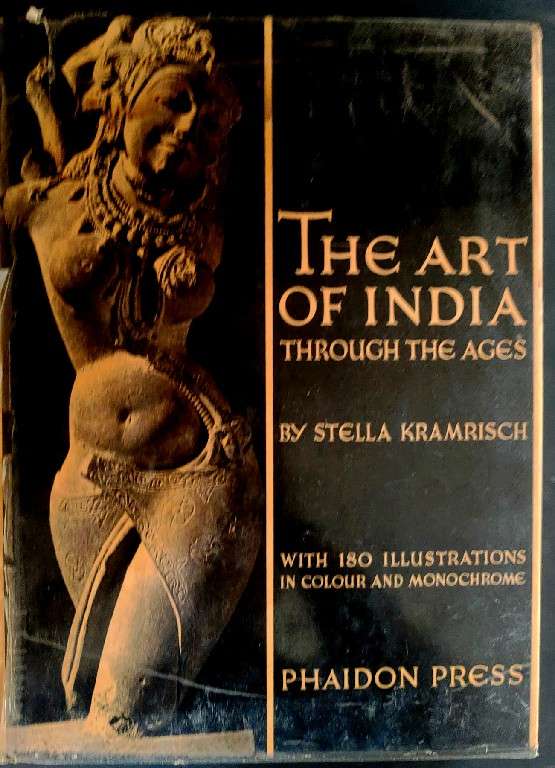
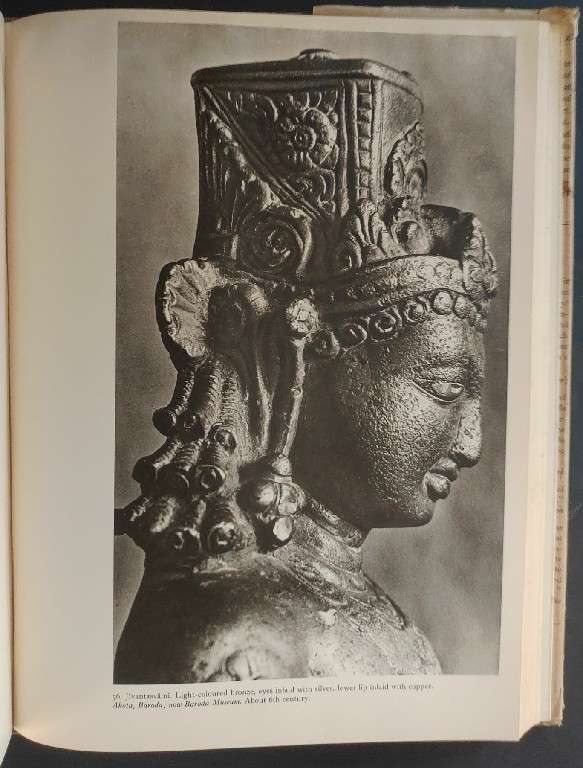
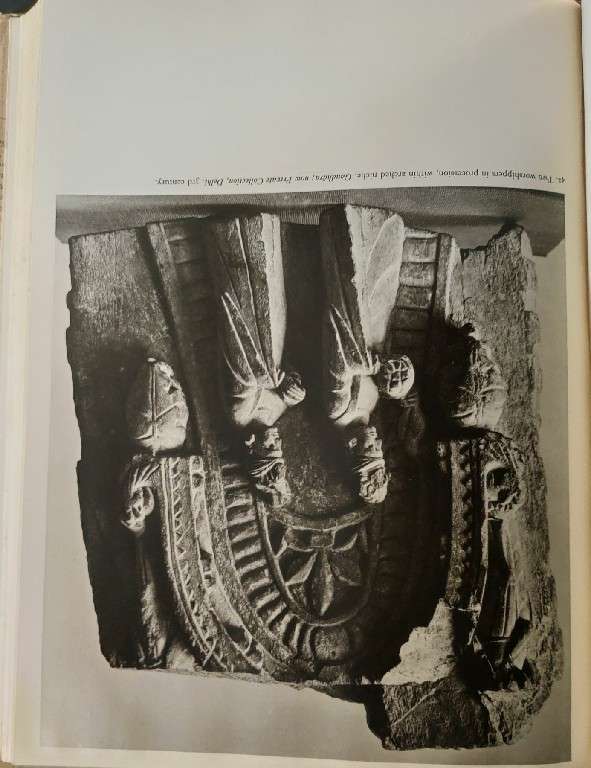
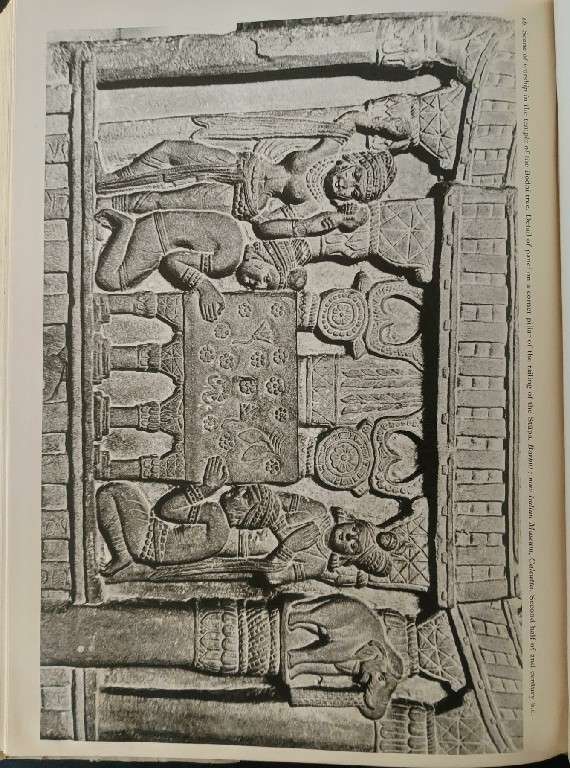
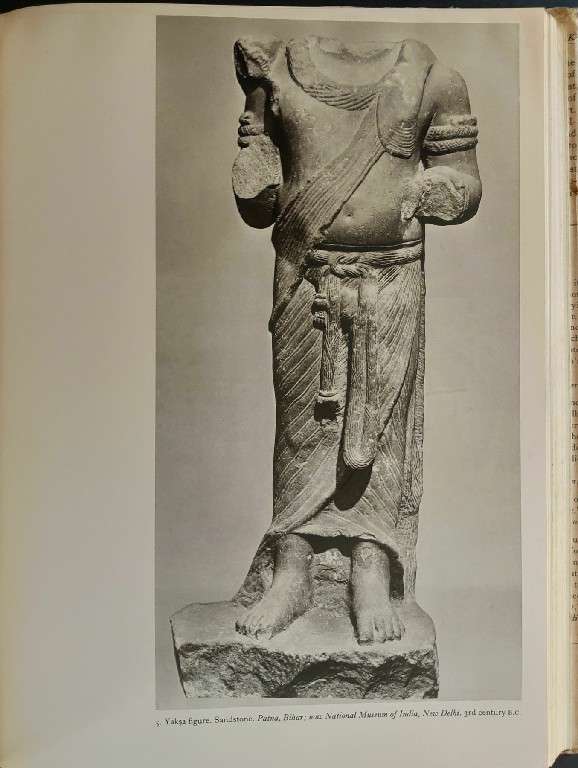






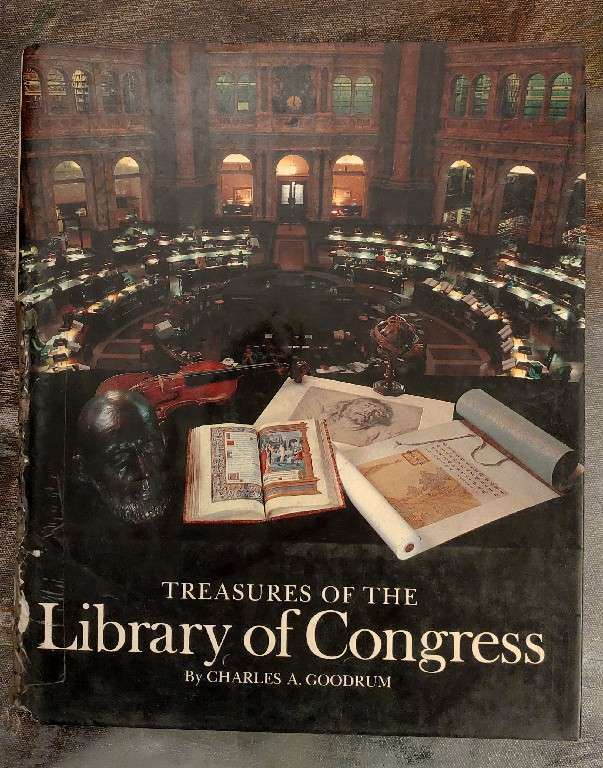
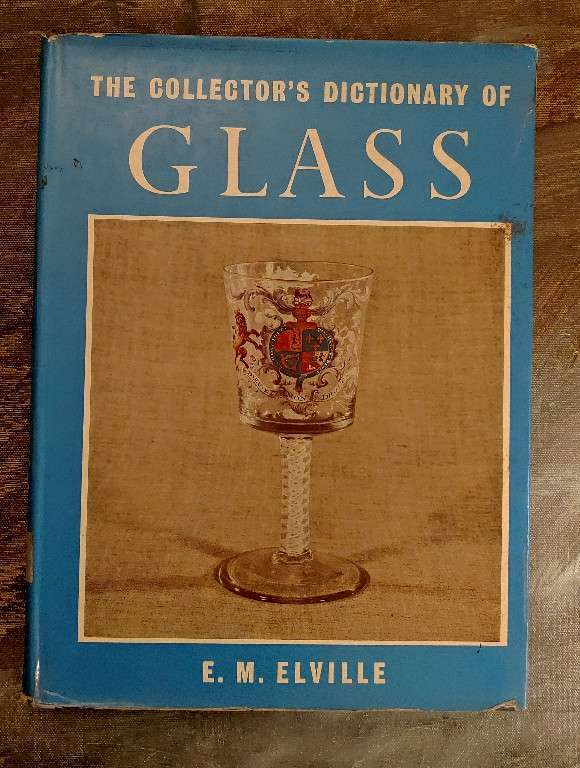
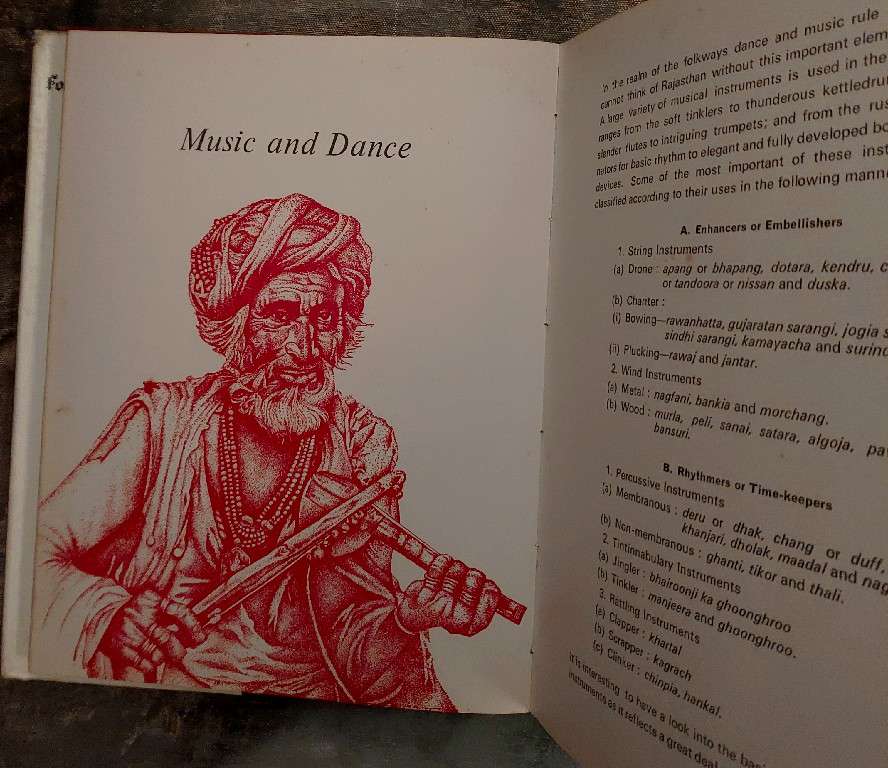
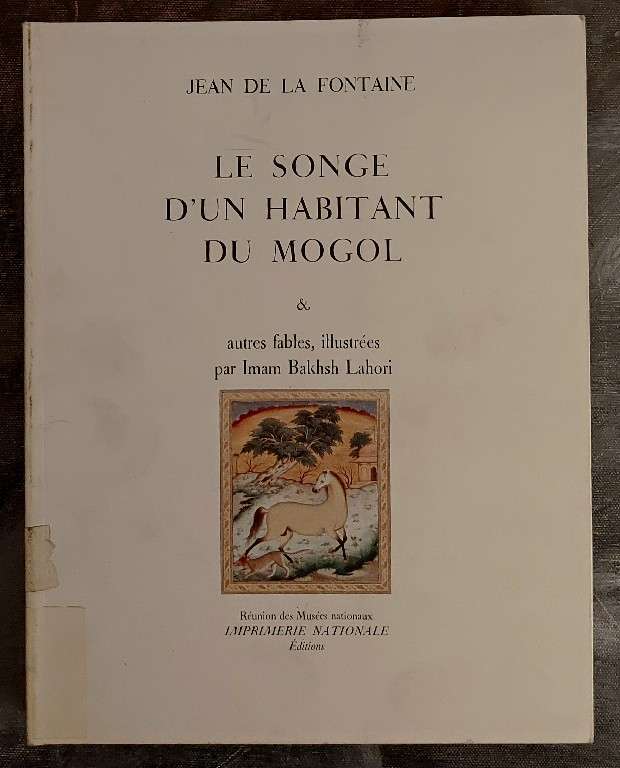
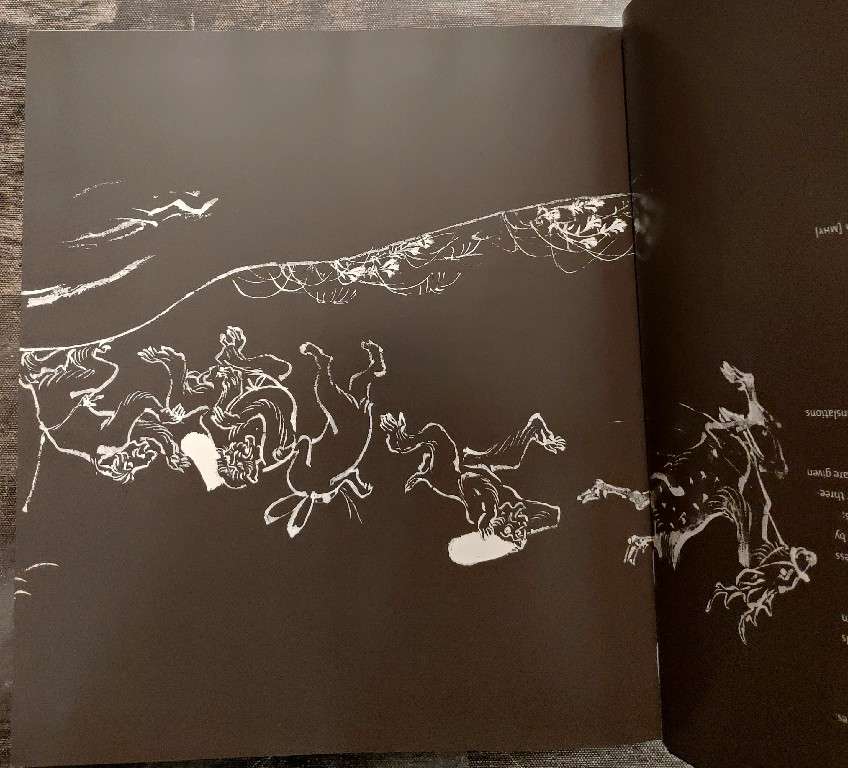
Reviews
There are no reviews yet.